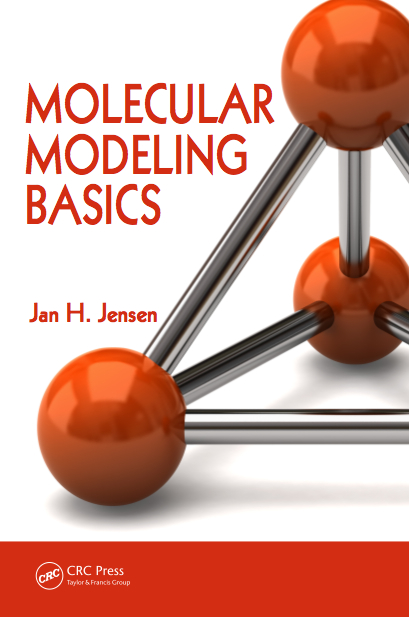1. One of the reviewers of our J. Chem. Ed. paper on MolCalc included the following tutorial: Molecular Orbital Calculations of Molecules I.Diatomics, Triatomics and Reactions
2. n-Butane can exist in two different conformations called gauche and anti (Google butane and conformation). Use Molecular Calculator to estimate the fraction of molecules in the gauche conformation at 25 $^\circ$C. $\Delta H^\circ$ can be computed as the difference in heat of formation.
3. Estimate $\Delta H^\circ$ the for the following reaction at 25 $^\circ$C
NH$_2$CHO + H$_2$O $\rightleftharpoons$ NH$_3$ + HCOOH
a. Using bond energies
b. Using Molecule Calculator
4. How does the molecular structure determine the rotational entropy? Find out by constructing a molecule with the largest possible rotational entropy using Molecule Calculator. The largest value I could find was 133 J/molK. Can you beat that?
5. How well do the simple solvation models work?
a. Estimate the solvation energy of NH$_4^+$ using MolCalc?
b. What is the polar solvation energy of NH$_4^+$ in water at 25 $^\circ$C assuming that it is spherical?
6. Why do ionic compounds dissolve in water? Use MolCalc to estimate $\Delta G^\circ$ at 25 oC for the following equilibrium
N(CH$_3$)$_4^+\cdot$Cl$^-$ $\rightleftharpoons$ N(CH$_3$)$_4^+$ + Cl$^-$
a. in the gas phase
b. in aqueous solution
7. Solvent screening: charge-charge interactions are weaker in aqueous solution than in the gas phase. Compute the difference in G$^\circ$ at 25 $^\circ$C between these two molecules using MolCalc
a. in the gas phase
b. in aqueous solution
8. Build a molecule with a solvation energy that is as close to 0 as possible. The closest I got is -1.3 kJ/ How close can you get?
If you have other suggestions please leave a comment






